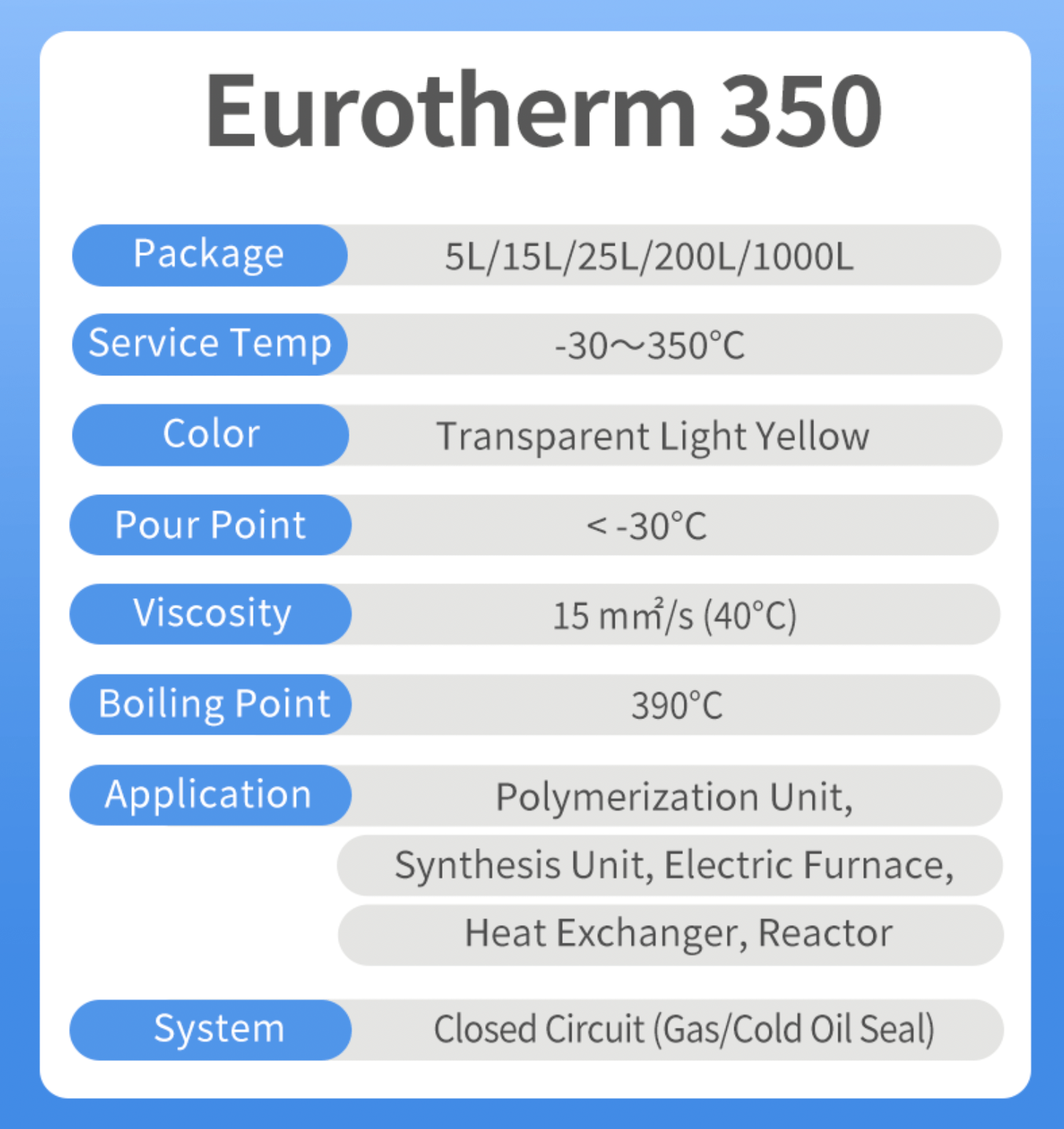Heat Transfer Fluid 101: What You Need to Know for Reliable Performance
Warmth transfer fluids play a critical role in maintaining efficiency and dependability within various industrial systems, yet their selection and monitoring are usually overlooked. As we explore the foundational aspects of warmth transfer liquids, it becomes clear that the implications for system efficiency and equipment long life warrant cautious factor to consider.
Significance of Heat Transfer Fluids
Warmth transfer liquids play a crucial function in different commercial procedures by promoting the reliable transfer of thermal power. These fluids are crucial in applications such as air conditioning, home heating, and temperature guideline, where preserving specific thermal problems is crucial for operational efficiency and safety. By improving the thermal conductivity and security of systems, warm transfer liquids add dramatically to power financial savings and procedure optimization.
The option of appropriate warmth transfer fluids can straight impact the efficiency and dependability of devices (dielectric cooling fluid). As an example, in power generation and production, these fluids aid in warmth healing, boosting general system efficiency. In addition, heat transfer liquids aid to stop overheating and thermal deterioration of equipment, thereby extending the lifespan of tools and minimizing downtime
In addition, the choice of heat transfer liquid influences ecological sustainability, as some liquids are made to be a lot more eco friendly than conventional options. This change in the direction of lasting choices straightens with worldwide initiatives to reduce carbon footprints and advertise greener commercial methods.
Types of Heat Transfer Fluids
Selecting the appropriate type of heat transfer liquid is vital for enhancing thermal administration in different applications. Warm transfer liquids can be extensively categorized into a number of types, each matched for certain operational conditions and demands.

Another category consists of cooling agents, which are created for cooling down applications. These fluids run efficiently at low temperature levels and stress, making them excellent for refrigeration and cooling systems. Glycol-based fluids are likewise preferred, particularly in systems where cold is an issue, as they offer antifreeze buildings while preserving reasonable heat transfer abilities.
In industrial applications, molten salts are employed for their high thermal capability and capability to operate at raised temperature levels, making them suitable for solar thermal power systems. Eventually, the selection of heat transfer fluid must align with the certain thermal needs, running conditions, and desired system effectiveness.
Trick Quality to Consider

When choosing a warm transfer liquid, understanding the vital buildings that affect efficiency is important. A number of factors have to be examined to make certain ideal performance and long life in the application's functional setting.
Firstly, thermal conductivity is essential, as it figures out the fluid's capability to move warm. Greater thermal conductivity generally causes improved warm transfer performance. Secondly, the details heat ability indicates how much power a liquid can keep per device mass, influencing its capability to launch and take in warmth.
Thickness is an additional vital building, as it affects the fluid's circulation qualities and, consequently, the system's performance. Low thickness at operating temperature levels is desirable for decreased pumping power and boosted blood circulation. Furthermore, the liquid's temperature level security and boiling point are critical; a greater boiling point is needed for high-temperature applications to stop evaporation.
Lastly, chemical security and compatibility with system products are vital to prevent degradation and preserve system honesty in time. Recognizing see here now these essential residential or commercial properties makes it possible for drivers and designers to select one of the most ideal heat transfer liquid for their details applications, making sure trusted and efficient performance.
Finest Practices for Use
In order to make the most of the effectiveness and long life of a heat transfer fluid system, adhering to finest techniques for use is important - propylene glycol. It is important to choose the proper warmth transfer liquid based on the system's functional temperature level array and details application requirements. Routinely keeping an eye on the fluid's residential properties, such as thickness, thermal conductivity, and pH degrees, makes sure ideal efficiency and can stop expensive break downs
Appropriate system design is also vital; guaranteeing that components are compatible with the picked liquid lessens the danger of deterioration. Maintain an effective purification system to get rid of particulates and pollutants that can hinder heat transfer efficiency. Preserving the fluid at advised fill levels reduces the threat of getting too hot and cavitation.
Additionally, training workers on find here secure handling and operation lessens threats connected with warmth transfer fluids. By carrying out these best methods, drivers can ensure effective and reliable heat transfer fluid operations.
Troubleshooting Common Issues
Although warmth transfer liquid systems are developed for effectiveness, drivers might experience different concerns that can influence performance. Common issues consist of liquid degradation, leaks, and improper fluid degrees.
Liquid destruction often occurs because of thermal malfunction or oxidation, bring about the development of sludge and varnish that can clog systems. Frequently checking liquid problem and adhering to maker guidelines for substitute can alleviate this issue.
Leak is an additional constant concern, which can arise from worn you could try this out seals, damaged pipes, or loose fittings. It is essential to carry out routine evaluations and maintenance to identify and rectify leaks promptly, preventing fluid loss and system inefficiency.
Improper liquid levels can result from dissipation or leakages, resulting in reduced warmth transfer effectiveness. Operators ought to routinely examine liquid levels and make certain that the system is appropriately filled up to maintain optimum performance.
Additionally, temperature level fluctuations can show flow issues or pump failings. Monitoring system temperature levels and stress can help find these problems early, facilitating prompt interventions.
Verdict


In final thought, the choice and maintenance of heat transfer fluids are critical for ensuring reliable efficiency in different industrial applications. Understanding the importance, kinds, and vital buildings of these liquids, together with implementing ideal techniques, can substantially improve thermal efficiency and expand devices lifespan. Positive troubleshooting of common concerns contributes to optimal system performance. By adhering to these concepts, operators can attain enhanced functional dependability and efficiency in thermal power transfer processes.
Heat transfer fluids play a crucial function in keeping efficiency and dependability within numerous commercial systems, yet their selection and administration are often neglected.Warmth transfer liquids play an essential function in numerous industrial processes by assisting in the reliable transfer of thermal energy. By enhancing the thermal conductivity and stability of systems, warm transfer liquids add significantly to energy cost savings and procedure optimization.
Water is the most usual heat transfer fluid, favored for its high warm capability and cost-effectiveness. The certain warmth ability shows how much energy a fluid can store per unit mass, affecting its capacity to soak up and launch warmth.